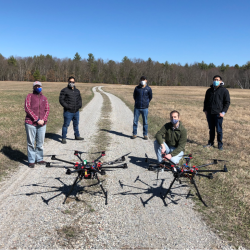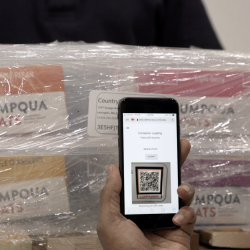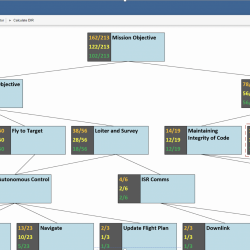Projects
Tagged As

Collaborative-UAS for Hostile Attribution, Surveillance, Emplacement, and Reconnaissance
We are building a toolbox of autonomous functions for unmanned aerial systems to improve UAS missions and alleviate burden on human operators in the field.
Tags

USAID Food Traceability
We're building a system to track the dispersal of international food aid.
Tags

Reconnaissance of Influence Operations
New software takes advantage of artificial intelligence techniques to automate the detection and assessment of aggressive influence operations.
Tags

Applied Resilience for Mission Systems
We’re improving and guiding the resilience of Department of Defense missions by adapting commercial practices and academic research for the development, operation, and sustainment of software-intensive systems.
Tags

Keylime
We're enabling trust in the cloud with this free, open-source key bootstrapping and integrity management software architecture.
Tags

Secure Small Satellite Processing Platform
A secure reference architecture enables satellites to recover from cyberattacks and carry on their missions.
Tags

High Assurance Design Environment
A new tool enables mission system designers to design for functionality and security together and provide evidence for how design choices affect a mission’s security posture.
Tags

Computer on Watch
An artificial intelligence application that automatically identifies objects in aerial imagery could reduce the time analysts spend in manually combing through images.
Tags

Next-Generation Incident Command System
Emergency agencies around the world are using NICS to coordinate rapid and organized response to disasters.
Tags

Optical Processing Architecture at Lincoln
Our researchers developed a software architecture that allows analysts to rapidly run algorithms on the volumes of sensor data collected about space objects.
Tags